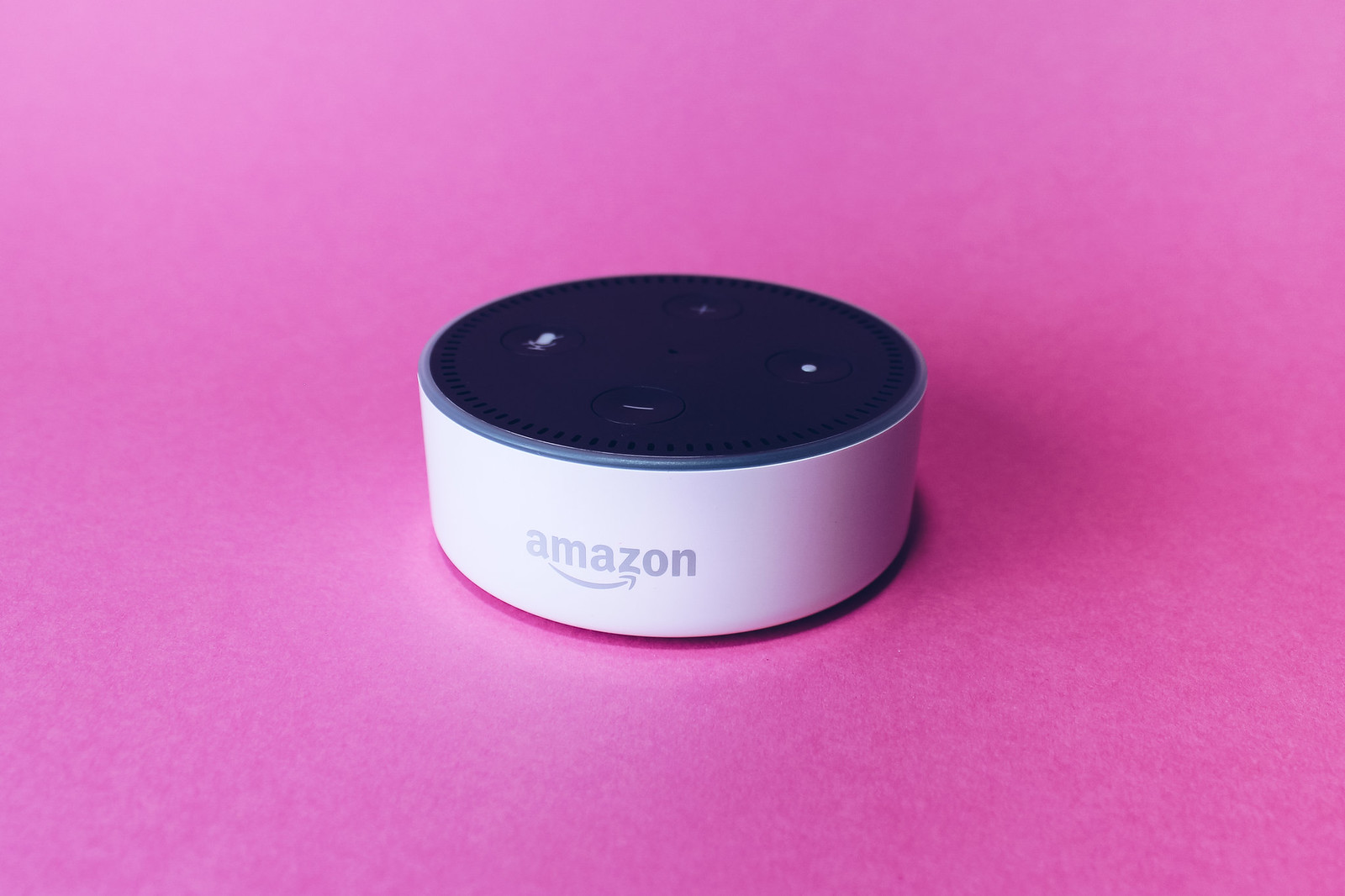
How do credit cards work?
An A-to-Z guide, from how to make payments to how interest is calculated.

Credit cards are the most popular way to pay for things in the United States, followed by debit cards. It’s difficult to function in today’s marketplace without a card or digital wallet.
Here are the basics of a credit card:
- A credit card is a plastic card issued by a bank that allows you to have the bank pay now for a purchase you make, and you promise to pay the bank back soon.
- You shouldn’t be able to qualify for a credit card until you’re 18 years old, because minors can’t generally be held to contracts or financial obligations without a co-signer. In some cases, you could become an “authorized user” on an adult’s account. (And this in fact is a move parents should consider to help their child built a credit history. The child doesn’t have to actually have a card in their possession or make purchases to benefit from being on the account.)
- When you apply for a credit card, the bank will consider your income and credit history. Many banks offer “student credit cards” for young adults who don’t have have a credit history. These may start out with a small credit limit, say $500, and increase over the months and years ahead after you demonstrate you pay your bills on time.
- You should not apply for more than one credit card at a time because every application deducts points off your credit score.
- There are four major payment networks, Mastercard, Visa, Discover and American Express. So your bank might be Chase or Citibank, but the network is one of those four entities.
- You should create an online account with your bank so you can check on your account regularly and pay it online if you’d like. Choose a good, secure password that you haven’t used on any other accounts, especially social media sites.
- You can expect a statement every month on roughly the same day every month. Statements are supposed to be issued 21 days before the due date, but that doesn’t mean you’ll get the statement by mail 21 days ahead of time. Opting for electronic statements is usually a better choice because you have immediate access and don’t have to worry about it getting delayed in the mail or intercepted by someone who could misuse your personal information. Electronic statements are also better for the environment.
- The statement will show all of your transactions during the billing cycle. It will show the total amount due and the minimum payment due. In most circumstances, you should plan to pay the total amount. You just shouldn’t, under most situations, ever make a purchase that you can’t repay the next month. Exceptions might be a car repair or prescription you absolutely need now.
- You can make a payment on your credit card through the credit card’s website (you must have an online account,) or by scheduling a payment in advance through the bank where you have your checking account or by mailing a check (but this isn’t advised for several reasons, mainly theft and unreliable mail delivery.) You can usually make a payment by phone, but sometimes there’s a fee.
- If you don’t pay at least the minimum payment due by the due date, you can expect to pay a late fee, which could be $25 or more. Plus, a late payment could hurt your credit score.
- If you don’t pay off the total balance by the due date, then you will pay interest on the remaining balance plus interest on any new transactions from the moment you make the purchase. To get out of that loop, you need to stop using your card and overpay the next bill to cover interest you haven’t been charged yet, but that has been accruing since your last statement.
For example, say you had a $500 balance left after your minimum payment. Your card has a 20% interest rate. The next month, in order to start with a clean slate and stop accruing interest for future purchases, you’d need to pay the $500 plus $8.33 in interest that built during the past month.
To calculate how much you need to overpay:
1. Take 20% divided by 12 months.
2. Multiply that number by $500.
3. That gives you $8.033. So you’d owe about $508.33.
To be safe, I’d pay $510. Anything that you overpay will be a credit on your account and you’ll recoup it when you use the card again.
You can find more information about credit card interest from Experian. - If you do have a credit card and you’re trying to build your credit history, you should use it at least once a month, say for a lunch or a gasoline purchase, then pay it off in full after you get your statement, not before. This will help you build a track record of on-time payments every month. For more on maintaining a good credit history, see our guide, “How to build, improve your credit score.”
Topics
Authors
Teresa Murray
Consumer Watchdog, U.S. PIRG Education Fund
Teresa directs the Consumer Watchdog office, which looks out for consumers’ health, safety and financial security. Previously, she worked as a journalist covering consumer issues and personal finance for two decades for Ohio’s largest daily newspaper. She received dozens of state and national journalism awards, including Best Columnist in Ohio, a National Headliner Award for coverage of the 2008-09 financial crisis, and a journalism public service award for exposing improper billing practices by Verizon that affected 15 million customers nationwide. Teresa and her husband live in Greater Cleveland and have two sons. She enjoys biking, house projects and music, and serves on her church missions team and stewardship board.
Find Out More

Food for Thought 2024

Is Alexa always listening? How to protect your data from Amazon

Safe At Home in 2024?
